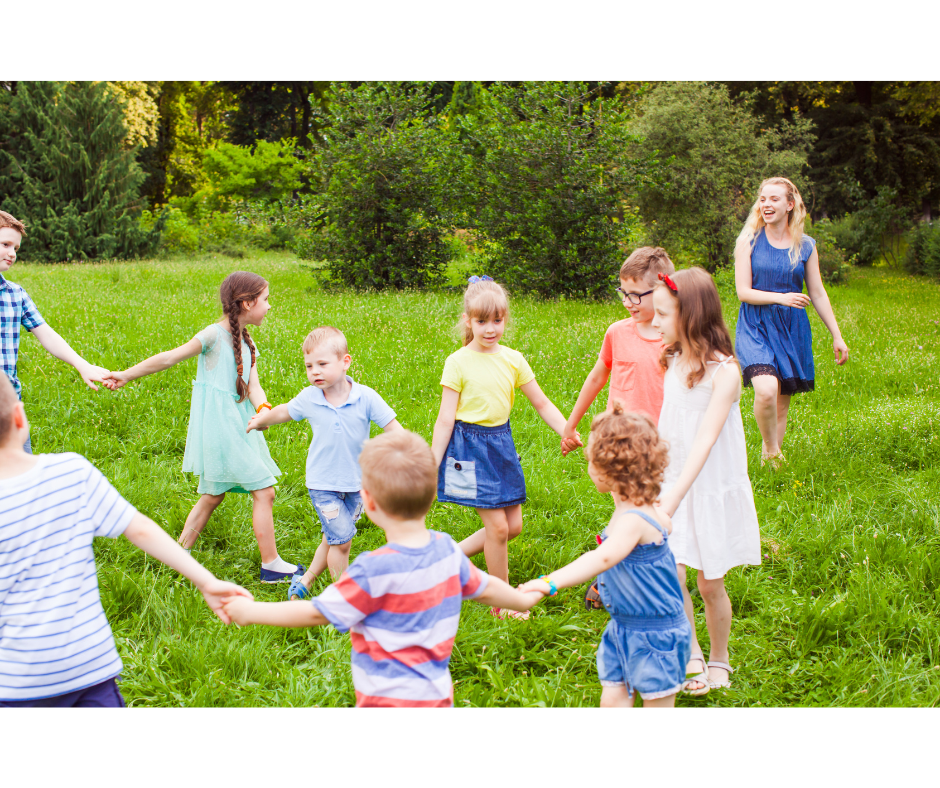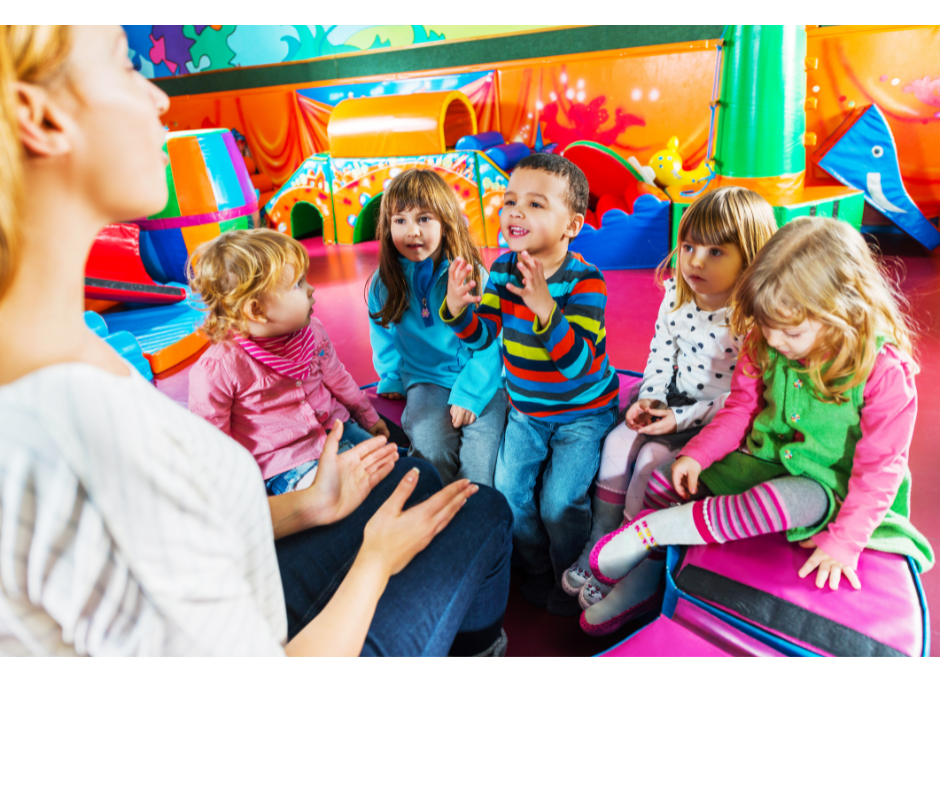The Effectiveness of Language Learning Through Music
Music and dance are among the best ways for children to learn a new language. Learning through music is fun and memorable, making it incredibly useful when learning a new language like English. Here, we’ll explore why language learning through music is so effective.
Improving Memory
Music has rhythm and melody, which act as natural mnemonic devices to help memorize new words and phrases. Listening to music imprints the rhythm and melody in the brain, making it easier to remember English words and phrases.
Enhancing Pronunciation
Singing songs is also beneficial for learning English pronunciation. Because songs have specific rhythms and melodies, you can naturally acquire accents and intonation. Furthermore, singing allows you to encounter words and expressions you might not find in everyday conversations.
Deepening Cultural Understanding
Music reflects the culture and history of its country of origin. Through English songs, you can gain a deeper understanding of the culture and values of English-speaking countries. This allows language learners to not only learn the language but also to touch upon the cultural background in which it is used.
Boosting Motivation
Learning through music and dance is fun and energetic. Children can learn English by singing and dancing, which increases their motivation to learn. Additionally, activities using music are a great opportunity to enjoy and share the learning experience with friends and family.

Diversifying Learning Styles
Learning with music and dance offers an approach different from traditional classroom learning and textbooks. By using visual, auditory, and motor skills simultaneously, it accommodates various learning styles, allowing each child to learn English in the way that suits them best.
Language learning through music is highly effective for these reasons. Next, we’ll take a closer look at songs and dances that help learn the rhythm of English. Let’s make English learning more fun and more effective with music and dance!
Learning English Rhythm through Songs and Dance
Learning language through the rhythm and melody of English is a natural and enjoyable process for children. Songs and dances help understand the accent and intonation of English, and allow you to feel the language’s rhythm physically. Here, we’ll introduce songs and dances suitable for learning the rhythm of English and explore how to utilize them.

Feeling the Rhythm of English through Songs
English has a unique rhythm, and singing songs allows you to enjoy learning this rhythm. Below are songs that are particularly useful for feeling the rhythm of English.
- English Songs for Children: Simple songs like “The Wheels on the Bus” and “Old MacDonald Had a Farm” are ideal for children to enjoy singing, perfect for learning basic words and phrases.
- Action Songs: Songs with actions, like “Head, Shoulders, Knees, and Toes,” help memorize English by linking words to movements.
- English Nursery Rhymes: Nursery rhymes like “Twinkle, Twinkle, Little Star” and “Baa, Baa, Black Sheep” have beautiful melodies that naturally instill the rhythm of English.
Learning English through Dance
Dance, combined with songs, makes learning English even more fun. Moving your body to the rhythm allows for a deeper understanding of English words and phrases.
- Dance to English Rhythms: Dancing to English songs helps children develop a sense of rhythm and feel the accent and rhythm of words physically.
- Storytelling Dance: Dancing based on stories allows you to express English stories with your entire body, learning not only vocabulary but also the flow and emotions of stories.
English Songs and Dance Activities for Children
Enjoyable learning of English is very important for children. Music and dance are wonderful methods for children to enjoy learning English. Here, we introduce activities for children to enjoy English songs and dances, all of which can be easily done at home.
Finding Fun English Songs
First, let’s find English songs that children can enjoy. There are many English songs for children available online. Below are particularly popular songs.
- “The Wheels on the Bus”: This song, about the different parts of the bus moving, allows children to sing and move along.
- “Five Little Ducks”: A great song for learning numbers, it can be sung with actions.
- “If You’re Happy and You Know It”: A wonderful way to express feelings, children can clap their hands and stomp their feet while singing.
Learning English through Dance
Learning English through dance is a very enjoyable experience for children. The following activities help children learn English by moving their bodies to the music.
- Freestyle Dance to Music: Dance freely to your favorite English songs. This helps develop a sense of rhythm while encountering English words.
- Dance Games: Games like “Freeze Dance,” where you freeze when the music stops, allow you to play and listen to English instructions
.
Activities Combining Songs and Dance
Combining songs and dances enhances the learning effect. The following activities are recommended.
- Action Songs: Songs like “Head, Shoulders, Knees, and Toes,” which involve pointing to body parts while singing, help naturally memorize English words.
- Story Dances: Create dances based on stories and perform them to songs or music, enhancing not only vocabulary but also understanding of stories.
English Rhythm Learning Methods at Home
Feeling the rhythm is very important when learning English. Learning with rhythm makes it easier to remember words and phrases. Here, we introduce several methods for learning English rhythm at home, all of which can be enjoyed together with your children.
Incorporating English into Daily Rhythmic Activities
- Morning Songs: Sing English songs together in the morning. Starting the day with a song like “Good Morning” can make children feel closer to English.
- Rhythmic Games While Moving: Play rhythmic games with clapping or tapping to English words and phrases during car or train rides.
Learning English with Music
- Listening to English Songs: Listen to children’s English songs to feel the rhythm. Especially, songs with repetitions help children memorize words along with the rhythm.
- Using Instruments: Use small drums or tambourines to beat the rhythm to English songs. Playing instruments helps develop a sense of rhythm.
Language Activities Using Rhythm
- Reading with Rhythm: Read English picture books or short stories with rhythm in mind. Feeling the rhythm of sentences helps naturally grasp the flow of language.
- Rhythm Card Games: Use cards with words or phrases for rhythm games. Clapping after reading a word links the word to rhythm.
Enjoying Rhythm Activities Together
- Family Dance Time: Dance with the family to English songs. Setting aside time for “family dance time” on weekend nights creates fun moments.
- Rhythmic Craft Activities: Make simple rhythm instruments and play them to English songs. Making instruments while playing them introduces children to new discoveries.
Learning the rhythm of English can be fun and engaging. Through these activities, children can feel closer to English while naturally developing a sense of rhythm. Incorporate these simple activities into home learning to make English learning more enjoyable and effective.
Tips for Learning English with Music
Learning English through music is a fantastic way for children to feel close to the language and enjoy learning. Music has the power to make words easier to remember, and the rhythm and melody of songs naturally aid in memorizing English phrases. Here, we introduce some tips to make learning English with music more effective.
The Importance of Song Selection
- Choose songs that match the child’s interests: Select songs related to themes or stories the child is interested in. Songs about animals or adventures, for example, are great for sparking curiosity.
- Opt for songs with repetition: Songs with lots of repetition are ideal for memorizing words and phrases. The repeated phrases naturally imprint in the memory.
Active Participation
- Sing along together: Sing songs with your child. Participating together encourages the child to learn more actively.
- Incorporate hand movements and dance: Engaging in hand movements or dance while singing helps learn English through physical activity. Using the body in learning allows for a deeper understanding of words and phrases.

The Importance of Listening
- Play as background music: Play English songs as background music at home. Regular exposure to English helps the ears naturally adapt to the language.
- Understand the meaning: Discuss and listen to the meaning of songs together. This helps not just with words, but also with understanding phrases and context.
Regular Practice
- Incorporate into daily routines: Incorporate English songs into daily routines like morning preparations or bedtime, enabling daily practice.
- Practice through repetition: Listening to the same song repeatedly naturally retains the words and phrases in memory. Short practice sessions are fine; the key is continuous practice.
Learning While Enjoying
- Prioritize fun in learning: The most important aspect of learning English is to have fun. Constantly check if the child is enjoying the lessons and ensure that learning doesn’t become a burden.
- Provide positive feedback: Actively praise and encourage the child when they learn new words or sing a song well. Positive feedback boosts learning motivation.
Using music to learn English effectively makes the language more accessible and enjoyable for children. Apply these tips to make English learning at home more fun and effective.
Conclusion: Learning English Fun through Music
Learning English through music is an excellent way for children to naturally and enjoyably acquire the language. This blog introduced the effectiveness of incorporating music and dance into English learning, methods suitable for home, and tips to enhance learning. Let’s summarize the key points for having fun learning English through music.
The Power of Music and Dance
- Music and dance are fun and memorable ways for children to learn a new language.
- Rhythm and melody serve as natural mnemonic devices, assisting in the memorization of English words and phrases.
- Through songs and dance, children can acquire pronunciation, accents, and intonation in English.
Methods for Home Learning
- Utilize English songs and dances suitable for children and incorporate them into daily routines.
- Listening to songs, singing along, and engaging in hand movements or dance make learning English enjoyable.
- Participating as a family enhances motivation and makes English feel more accessible.
Learning Tips
- Selecting songs that align with the child’s interests and songs with repetitive elements are highly recommended.
- Understanding the meaning of songs and integrating English into daily life are crucial.
- Learning should prioritize fun, and never forget to give positive feedback.
Learning English with music allows children to embrace the language warmly, absorbing it naturally through the rhythm and melody of words. This approach transforms learning into a joyful activity, making children eager to explore more of the language. By sharing the joy of learning English through music together as a family, you can make the process of acquiring a new language richer and more enjoyable. Let’s make the most of music and dance to enrich English learning.


